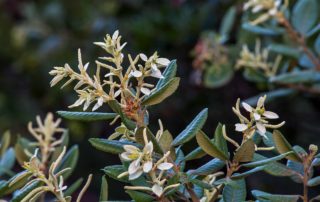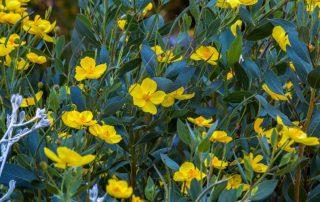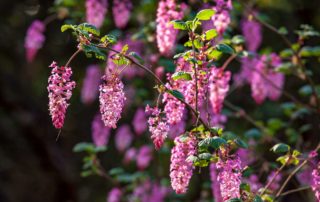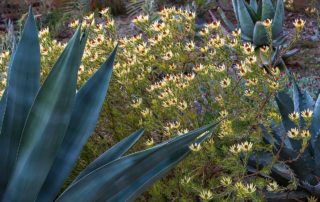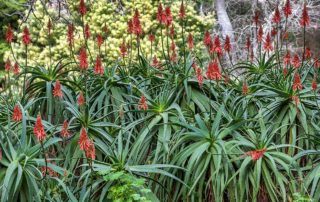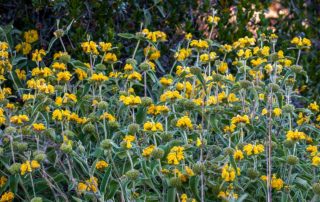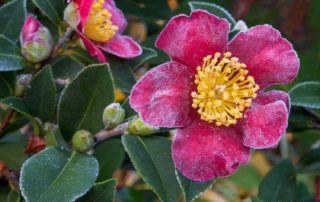Shrubby Tanoak
Tanoak or tanbark oak (Notholithocarpus densiflorus var. densiflorus) is a large evergreen tree with deep green, leathery, oblong leaves with prominent veins, sometimes wavy edges, and often toothed margins. The small, creamy white, late-spring flowers are held in showy clusters of narrow, stiffly upright or outstretched catkins. The leaves and flowers resemble those of American chestnut (Castanea americana) and the fruit is an oaklike acorn with a shallow, bristly cap. New leaves of shrubby tanoak (Notholithocarpus densiflorus var. echinoides) Tanoaks are interesting and attractive at all times of year, but they are quite slow growing and they eventually


